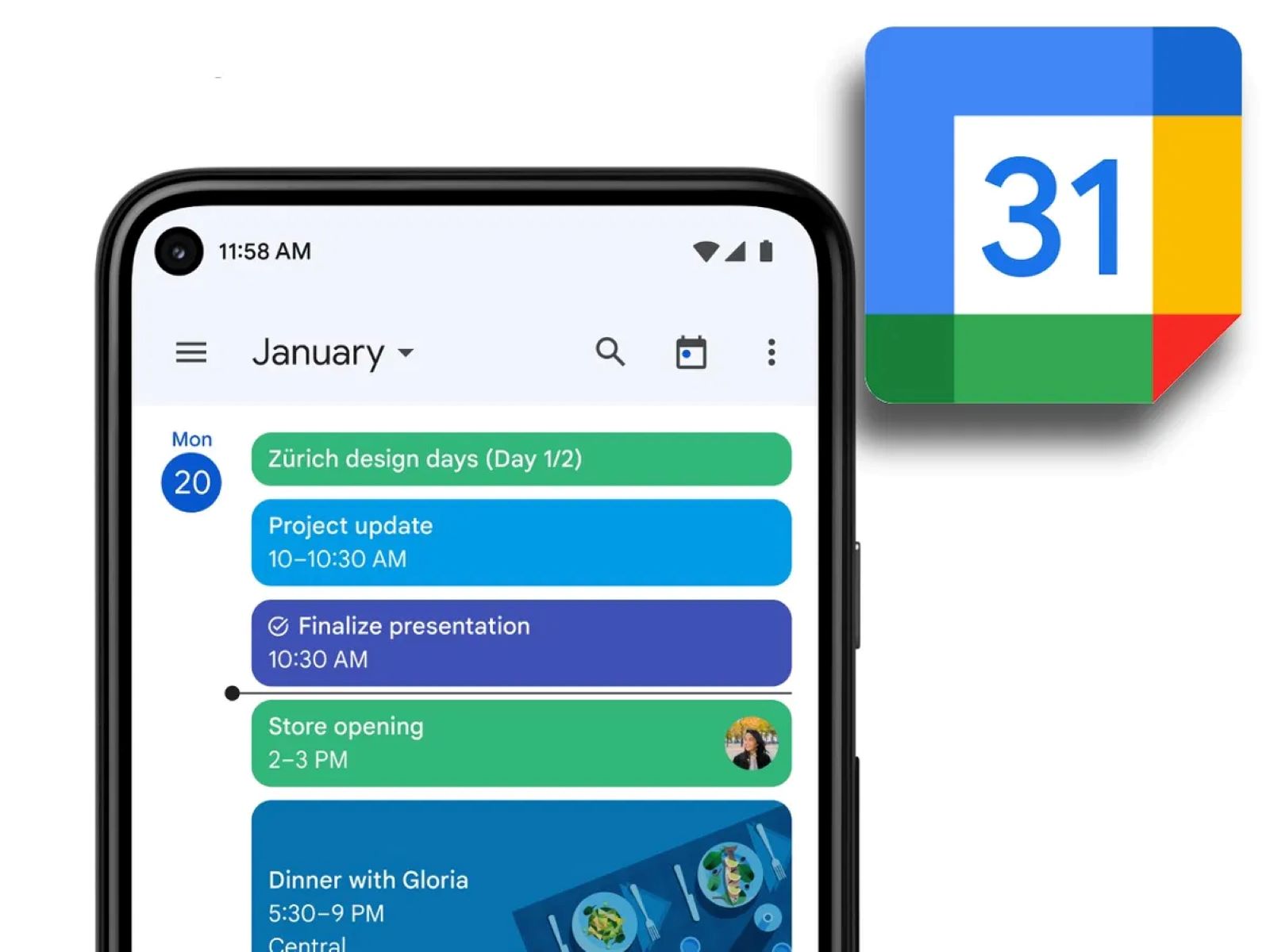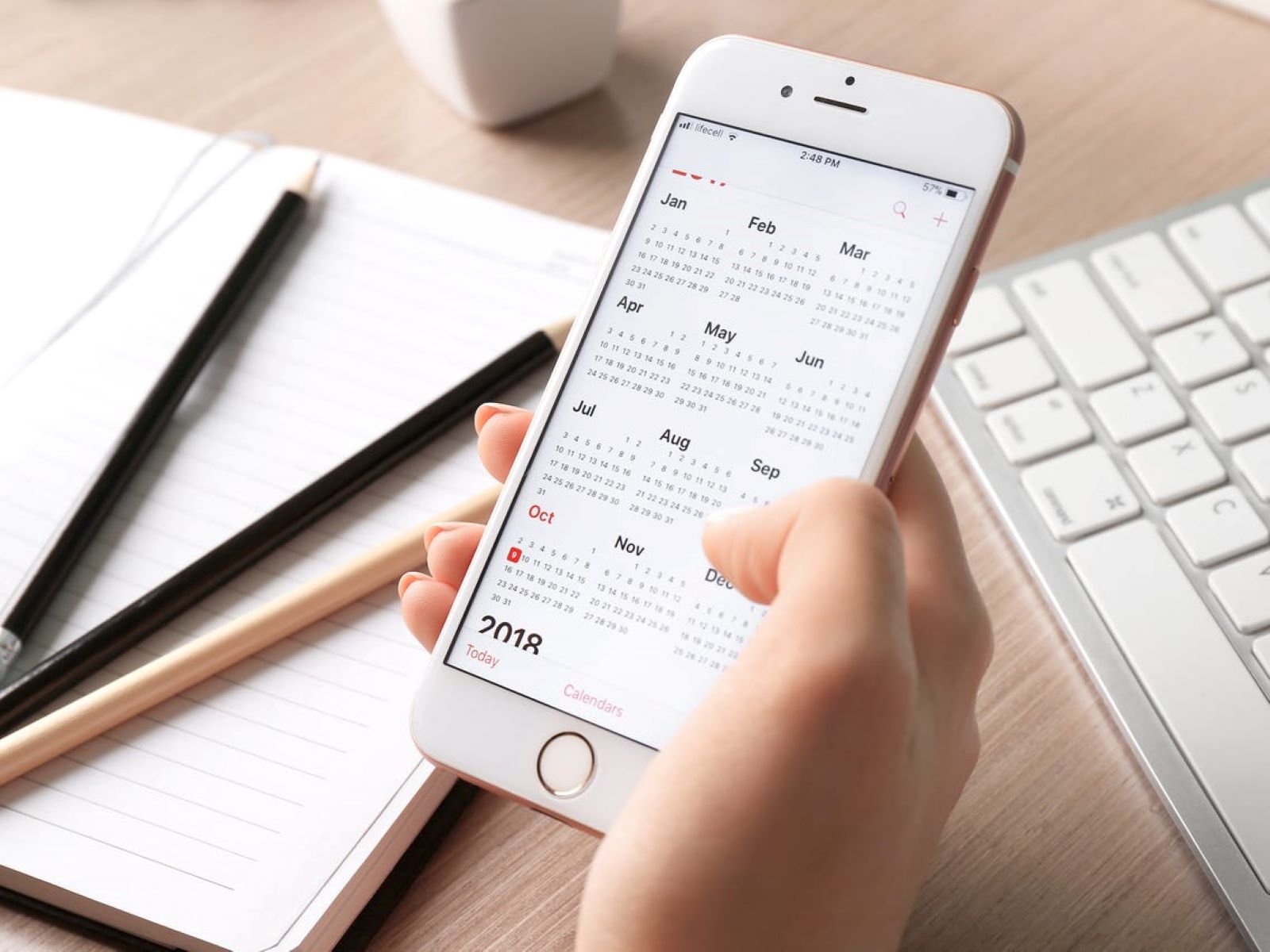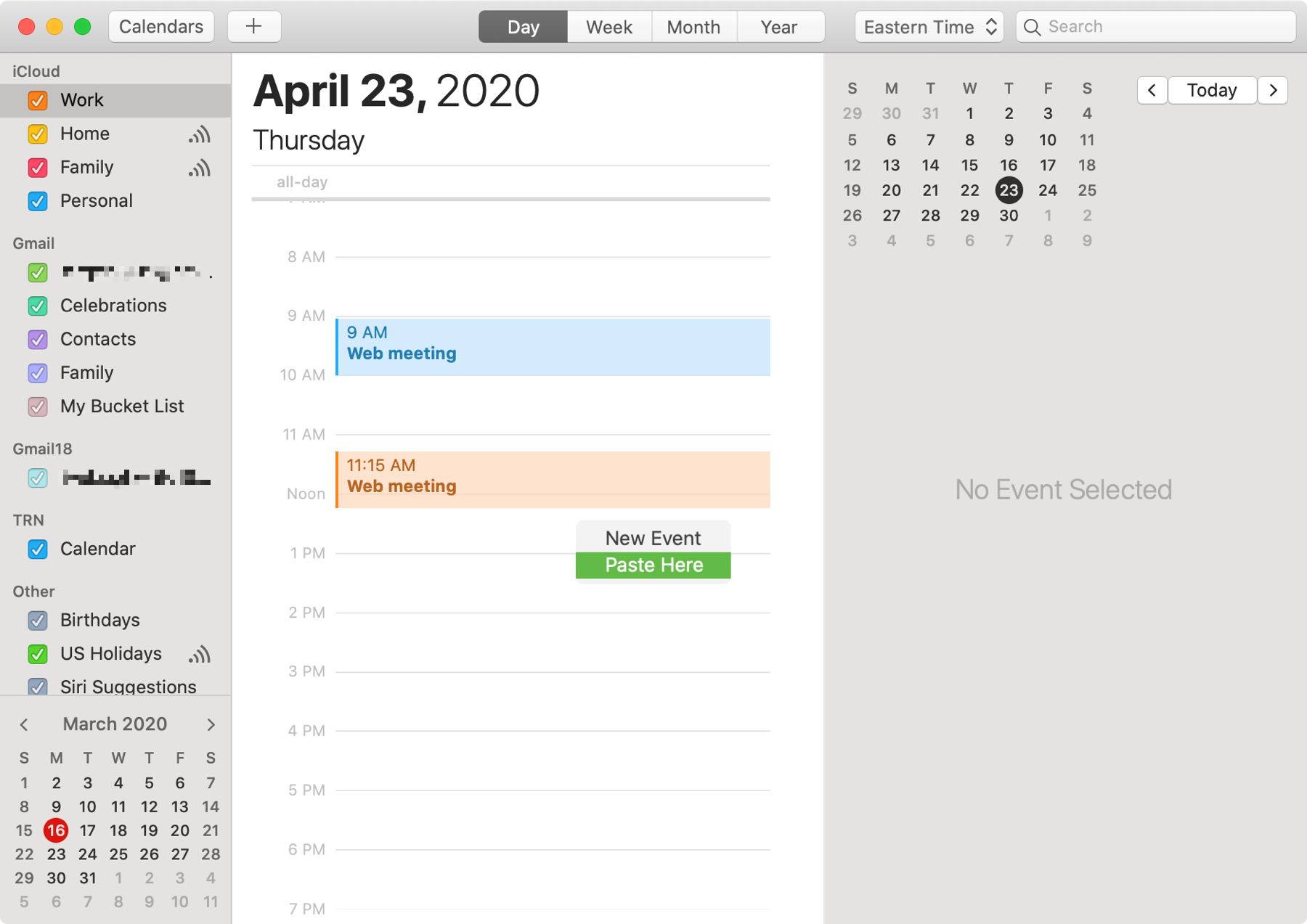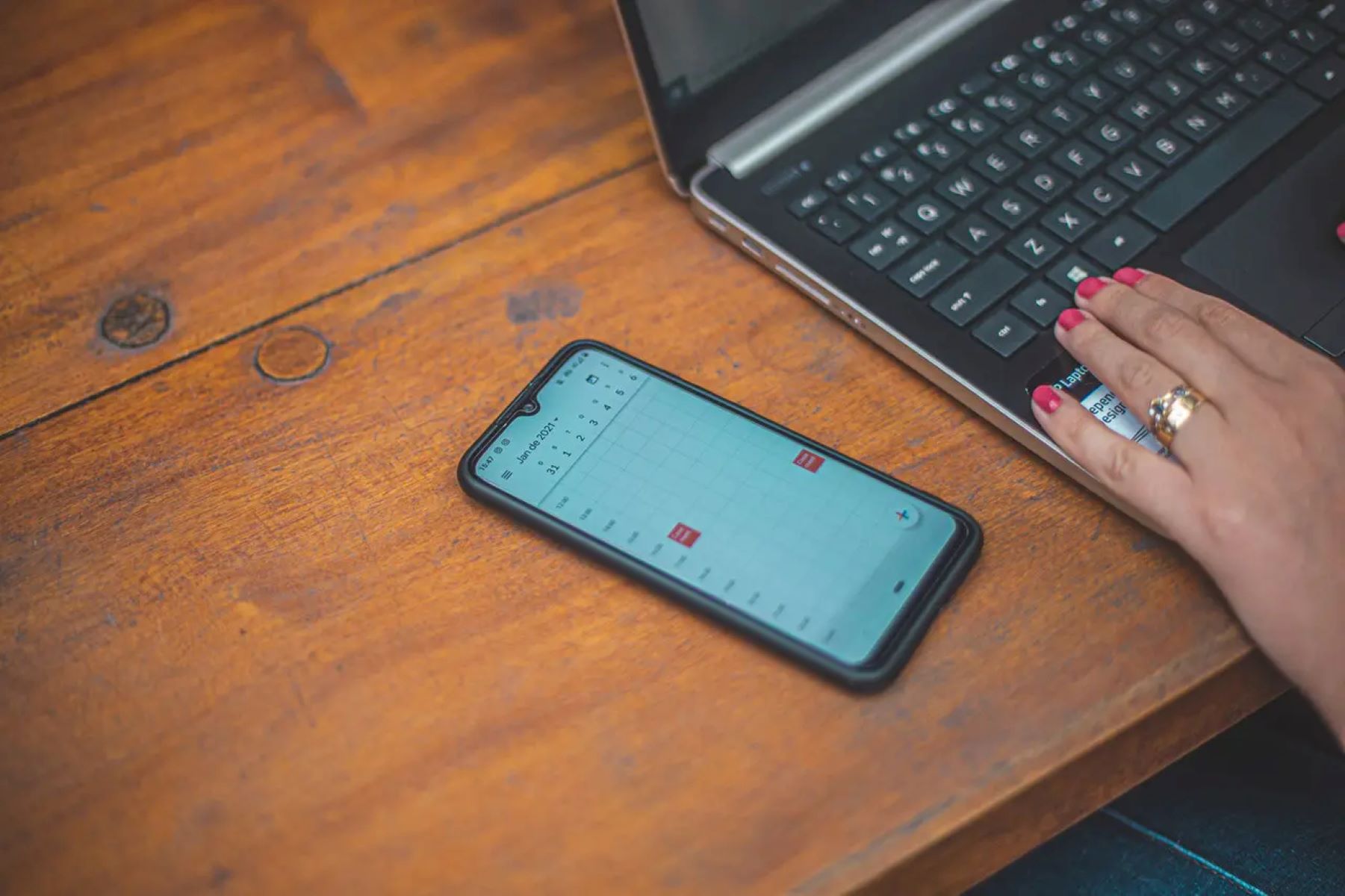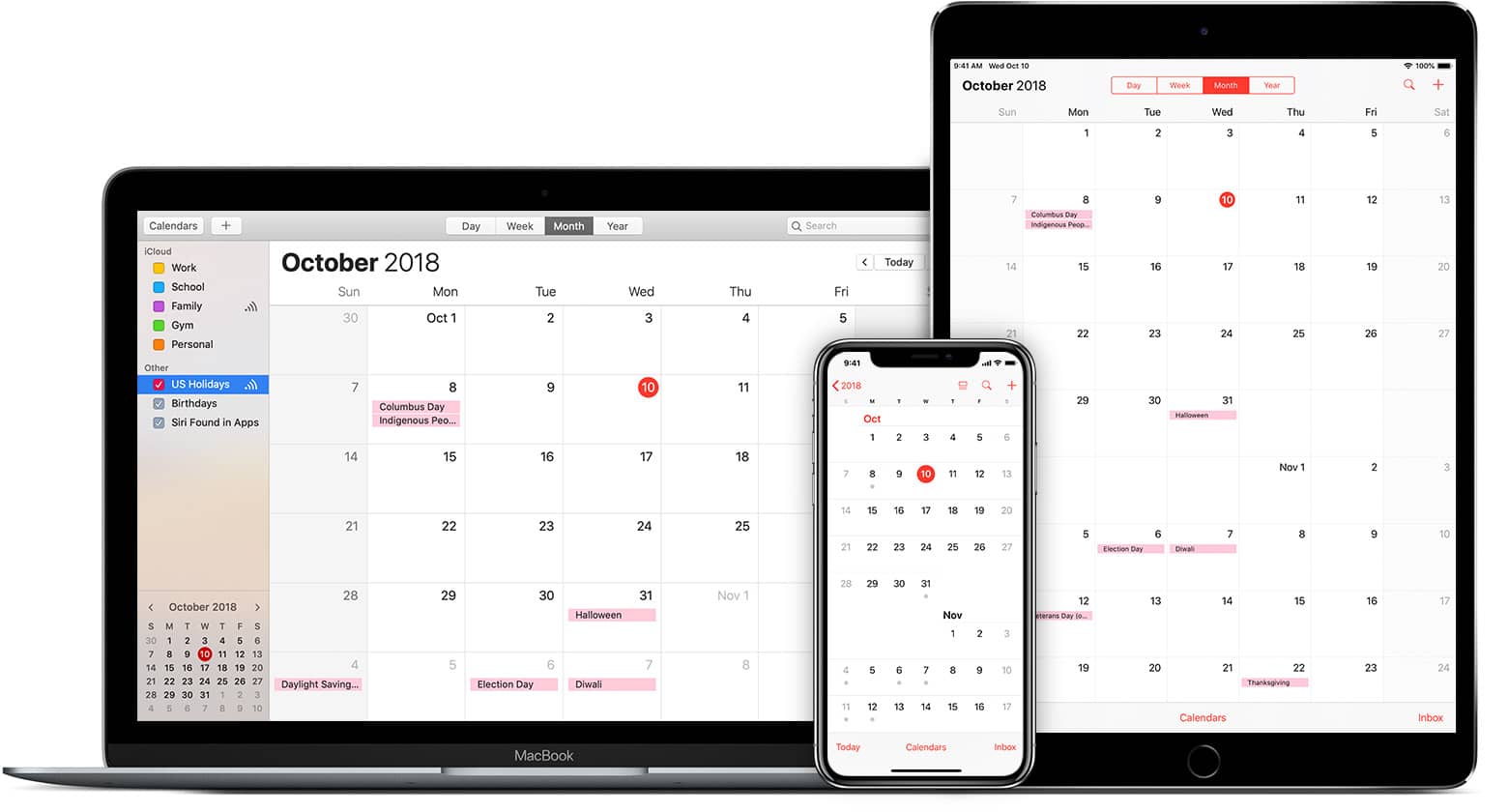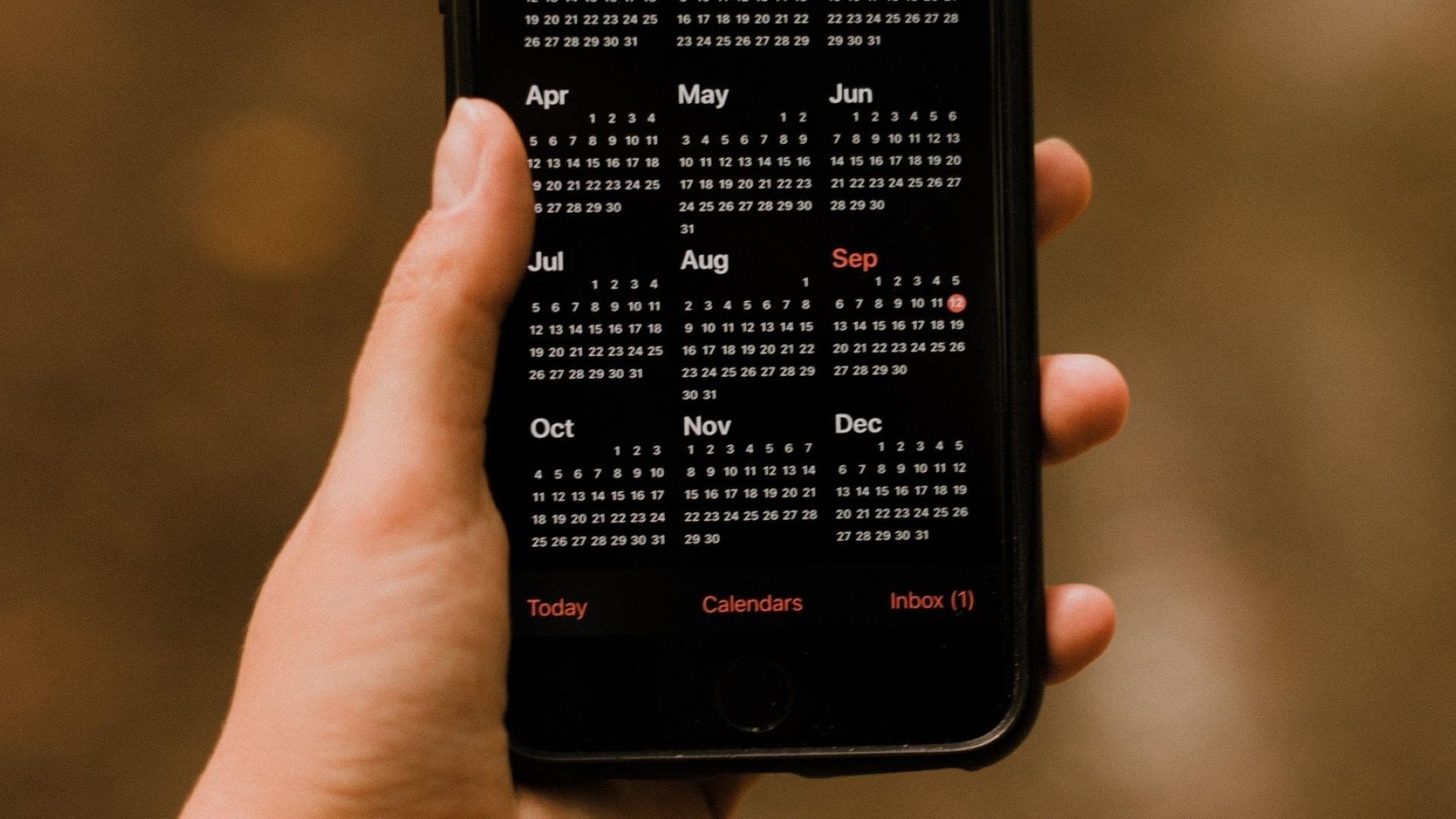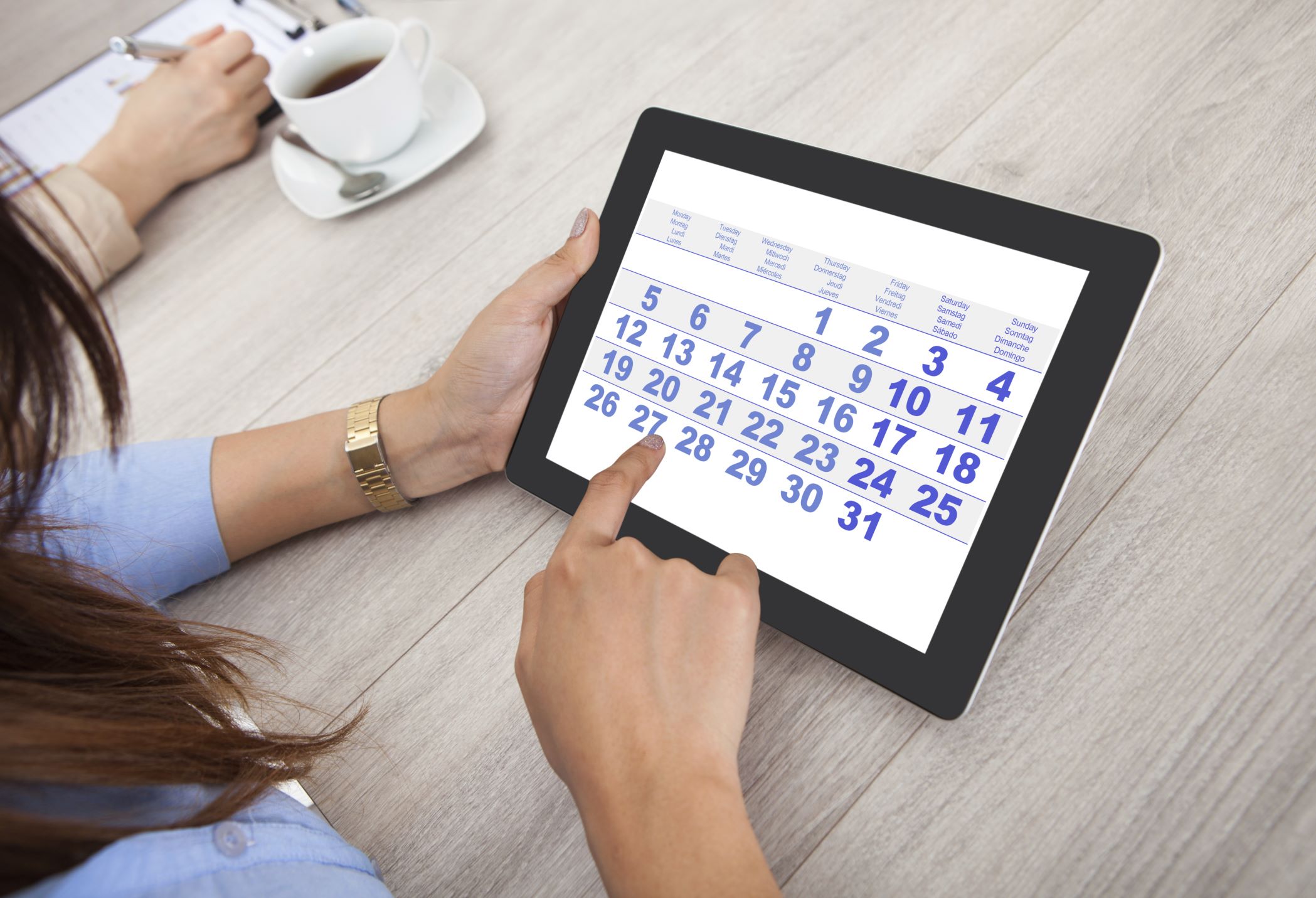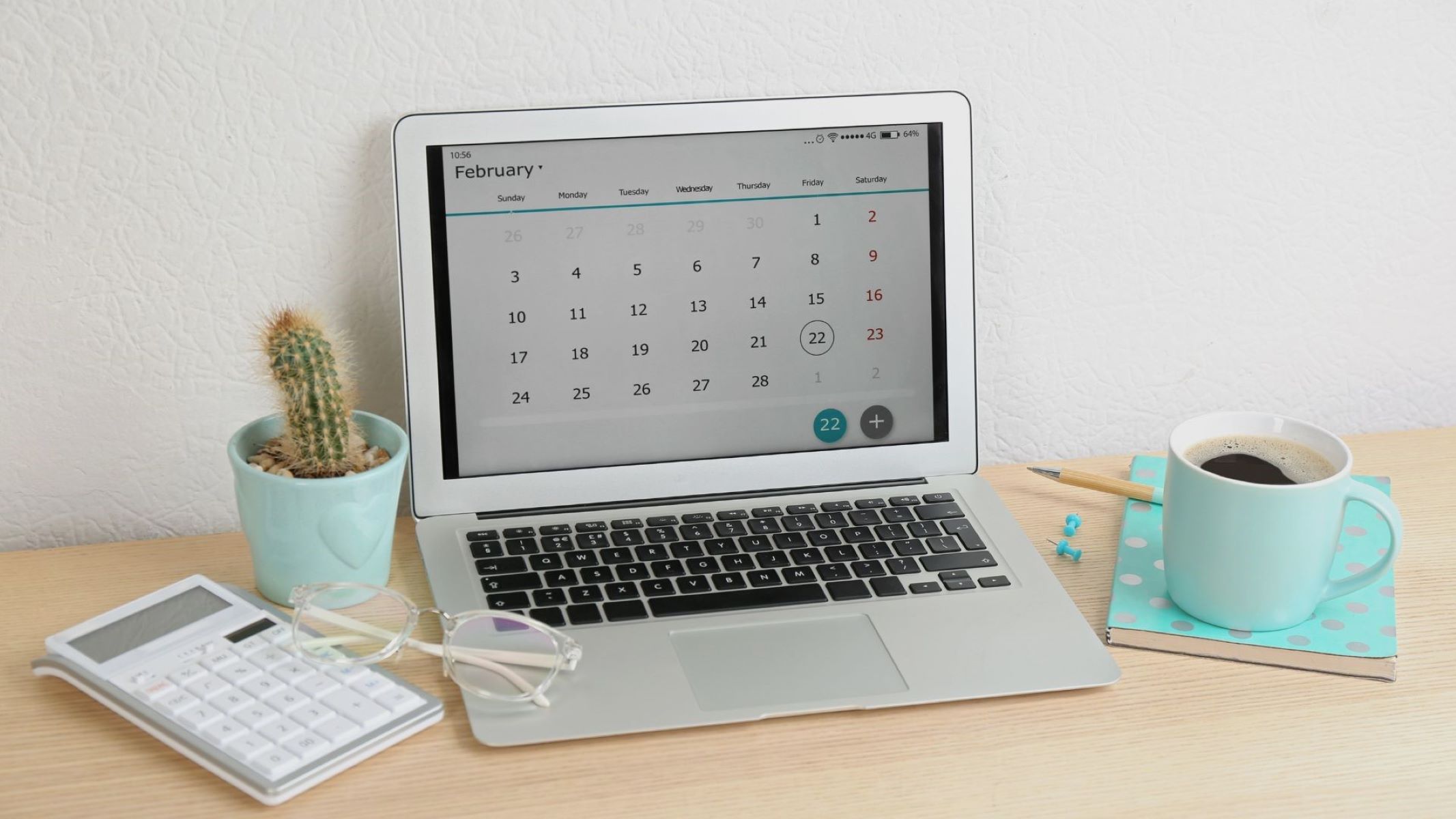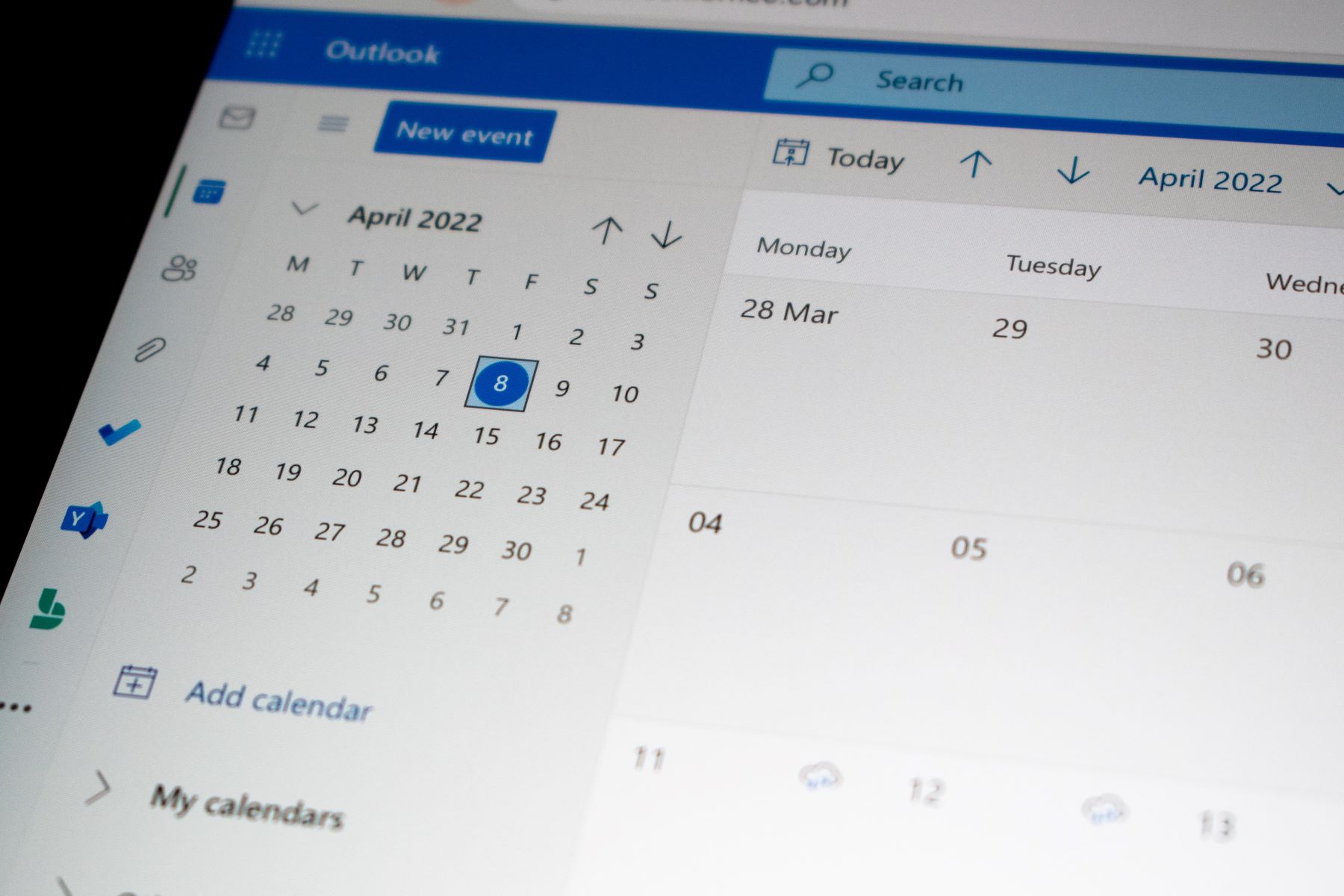Introduction
Managing multiple Google Calendar accounts can be a challenge, especially when it comes to keeping track of various events, appointments, and schedules. Whether you have separate personal and work calendars or you need to sync calendars with family members or colleagues, it’s essential to streamline the process to ensure efficient planning and organization.
In this article, we will guide you through the steps to sync Google Calendar with multiple accounts. We’ll explore how to set up multiple Google accounts, enable calendar sync, manage and view multiple calendars, share and collaborate on events, troubleshoot common sync issues, and provide some tips and best practices for a seamless syncing experience.
Whether you’re a busy professional juggling multiple work projects, a student managing academic and extracurricular activities, or a parent coordinating family schedules, the ability to sync Google Calendar across different accounts can significantly improve your productivity and ensure you never miss an important event.
By following our step-by-step instructions and implementing our tips, you’ll be able to keep all your calendars in sync, access them from various devices, and collaborate effectively with others.
So, if you’re ready to streamline your calendar management and make your life easier, let’s dive into the world of syncing Google Calendar with multiple accounts, and discover how it can revolutionize your planning and organization process.
Setting up Multiple Google Accounts
Before you can sync Google Calendar with multiple accounts, you need to ensure that you have all the necessary Google accounts set up and ready to go. This step is crucial, as it will determine how you can manage and access your calendars across different profiles.
To set up multiple Google accounts, follow these simple steps:
- Open a web browser and navigate to the Google account creation page.
- Click on the “Create account” or “Sign up” button to begin the account creation process.
- Provide your personal information, including your name, username, and password.
- Follow the on-screen instructions to verify your account and complete the setup.
- Repeat the above steps for each additional Google account you want to create.
Once you have multiple Google accounts set up, you’ll have the flexibility to manage your calendars separately, keeping personal and professional events separate or sharing specific calendars with different groups of people.
It’s worth noting that you can use existing Google accounts if you already have them. Additionally, Google allows you to sign in to multiple accounts simultaneously, making it easier to switch between different profiles and access their respective calendars without the need to log in and out each time.
Now that you’ve set up your multiple Google accounts, it’s time to move on to the next step: enabling calendar synchronization across these accounts.
Enabling Calendar Sync for Multiple Accounts
Enabling calendar sync for multiple Google accounts is essential to ensure that all your calendars are unified and accessible across devices. By enabling this feature, you’ll be able to view and manage events from different accounts in a single, synchronized interface.
To enable calendar sync for multiple accounts, follow these steps:
- Open a web browser and sign in to one of your Google accounts.
- Navigate to the Google Calendar page by clicking on the “Grid” icon in the top-right corner and selecting “Calendar.”
- In the left-hand panel, locate the “My calendars” section.
- Click on the “+” icon next to “Add a friend’s calendar” to add another account’s calendar.
- Select the option to add the calendar via the email address associated with the desired Google account.
- Repeat steps 2-5 for each additional Google account you want to sync.
Once you’ve added all the desired calendars, you’ll be able to view them side by side in the “My calendars” section. Any changes made in one calendar will automatically update in the others, ensuring that all the information stays consistent and up to date across all accounts.
It’s important to note that enabling calendar sync does not grant full access to all the events in the synced accounts. Each account’s privacy settings and sharing options still apply, meaning that some events may not be visible or editable across all accounts unless explicitly shared by the calendar owner.
Now that you’ve successfully enabled calendar sync for multiple accounts, you’re ready to move on to the next step: syncing Google Calendar across your various devices.
Syncing Google Calendar across Devices
Once you have multiple Google accounts and have enabled calendar sync, the next step is to ensure that your calendars stay synced across all your devices. Whether you’re using a smartphone, tablet, or computer, syncing Google Calendar will allow you to access your calendars from anywhere and keep them up to date in real-time.
To sync Google Calendar across your devices, follow these steps:
- On your mobile device, open the Google Calendar app.
- Sign in with your Google account credentials.
- Tap on the menu icon in the top-left corner of the screen to open the side menu.
- Choose “Settings” or “Preferences” from the menu options.
- Select the Google account you want to sync from the available options.
- Toggle the switch next to “Sync” or “Synchronize calendars” to enable calendar syncing.
- Repeat steps 1-6 for each additional device you want to sync with.
By following these steps, you’ll ensure that any changes made to your calendars on one device, such as creating or modifying events, will be automatically synced and reflected on all other devices connected to the same Google account.
It’s important to note that, for syncing to work seamlessly, you need to have an active internet connection on your devices. Changes made to your calendars in offline mode will sync as soon as your device reconnects to the internet.
Whether you’re adding an event on your mobile phone while on the go or modifying a schedule on your laptop at home, syncing Google Calendar across your devices ensures that you always have access to the most up-to-date information and can stay organized wherever you are.
Now that you’ve successfully synced Google Calendar across your devices, let’s move on to the next step: managing and viewing multiple calendars.
Managing and Viewing Multiple Calendars
With multiple Google accounts and synced calendars, it’s time to learn how to effectively manage and view your calendars in a way that suits your needs. Whether you want to toggle between different calendars, merge them into a single view, or customize their visibility settings, Google Calendar provides a range of options to help you stay organized.
To manage and view multiple calendars, follow these steps:
- Open Google Calendar on your computer or mobile device.
- Sign in with your Google account credentials.
- In the left-hand panel, you’ll see a list of calendars under the “My calendars” section.
- To toggle the visibility of a specific calendar, click on the colored box next to its name. Unchecking the box will hide the calendar, while checking it will make it visible.
- If you want to merge multiple calendars into a single view, simply check the boxes next to the calendars you want to include.
- To view events from multiple calendars side by side, click on the checkboxes next to the calendars you want to compare. A separate column for each selected calendar will appear, allowing you to easily compare schedules.
- If you want to customize the color, name, or other settings for a specific calendar, hover over its name and click on the vertical ellipsis icon that appears. From the dropdown menu, select “Settings” or “Calendar settings” to access the customization options.
By effectively managing and viewing multiple calendars, you can keep track of various events and activities without feeling overwhelmed. Whether you want to focus on specific calendars, hide less relevant ones, or compare schedules side by side, Google Calendar offers the flexibility to tailor your calendar view to your preferences.
Now that you’ve learned how to manage and view multiple calendars, let’s move on to the next step: sharing and collaborating on calendar events.
Sharing and Collaborating on Calendar Events
One of the key advantages of using Google Calendar is the ability to easily share and collaborate on calendar events with others. Whether you’re coordinating a team project, planning a family gathering, or organizing a social event, sharing your calendar and inviting others to collaborate can streamline communication and ensure everyone is on the same page.
To share and collaborate on calendar events, follow these steps:
- Open Google Calendar on your computer or mobile device.
- Sign in with your Google account credentials.
- Click on the “+” icon to create a new event or select an existing event to modify.
- In the event details window, look for the “Add guests” field.
- Enter the email addresses of the people you want to invite, separated by commas.
- Choose whether you want guests to see the event details or have the ability to modify the event.
- Click on the “Save” or “Send” button to send the invitation.
By sharing events with others, they will receive an email invitation to view and potentially interact with the event. Depending on the permissions you set, they can RSVP, add comments, or even modify the event details, ensuring that everyone involved has the most up-to-date information.
In addition to sharing individual events, Google Calendar also allows you to share entire calendars with others. This can be particularly useful when you want to share a collection of events with a group, such as a project schedule or a sports team’s practice schedule.
To share an entire calendar, follow these steps:
- Open Google Calendar on your computer or mobile device.
- Sign in with your Google account credentials.
- In the left-hand panel, hover over the name of the calendar you want to share.
- Click on the vertical ellipsis icon that appears and select “Settings” or “Calendar settings” from the dropdown menu.
- Navigate to the “Access permissions” or “Share this calendar” section.
- Enter the email addresses of the people you want to share the calendar with.
- Select the desired sharing permissions, such as “Make changes and manage sharing” or “See all event details.”
- Click on the “Save” or “Done” button to save the changes and share the calendar.
By sharing and collaborating on calendar events, you can streamline communication, ensure everyone has access to the same event information, and keep all participants informed and aligned.
Now that you’ve learned how to share and collaborate on calendar events, let’s move on to the next section and address some common sync issues and how to troubleshoot them.
Troubleshooting Common Sync Issues
While syncing Google Calendar across multiple accounts is generally a smooth process, there may be times when you encounter sync issues or discrepancies between devices. Understanding and troubleshooting these common sync issues is important to ensure that your calendars stay accurate and up to date.
Here are some common sync issues and their troubleshooting steps:
1. Sync Delay: If you notice a delay in syncing events across your devices, try manually refreshing the calendar or restarting the app or device. Additionally, ensure that you have a stable internet connection to facilitate seamless syncing.
2. Missing Events: If an event is missing on one of your devices, check if the calendar associated with that event is enabled and visible. It’s also possible that the event was deleted accidentally or synced incorrectly. Try resyncing the affected calendar or restoring the event from a backup if available.
3. Conflicting Changes: If you make conflicting changes to an event on different devices, Google Calendar will try to resolve the conflict by creating duplicate events or merging the changes. Review your events carefully and manually merge or delete any duplicates or conflicting changes to ensure accuracy.
4. Incorrect Time Zone: If events appear to be at the wrong time or get shifted when syncing across devices, ensure that the time zone settings are consistent and accurate on all your devices. Adjust the time zone settings if necessary to resolve any discrepancies.
5. Sync Error Messages: If you receive error messages related to calendar sync, such as “Sync is currently experiencing problems,” try signing out of your Google account and signing back in. You can also try clearing cache and data for the Google Calendar app or reinstalling the app altogether to resolve any software-related issues.
If you continue to experience sync issues that cannot be resolved through troubleshooting, it may be helpful to seek support from the Google Calendar Help Center or reach out to Google support directly for further assistance.
By being aware of these common sync issues and knowing how to troubleshoot them, you can ensure a seamless and accurate syncing experience across multiple Google Calendar accounts and devices.
Now that we’ve covered troubleshooting common sync issues, let’s move on to the next section, where we’ll provide some tips and best practices for syncing multiple Google Calendars.
Tips and Best Practices for Syncing Multiple Google Calendars
Syncing multiple Google Calendars can greatly enhance your ability to stay organized and manage your time effectively. To ensure a smooth syncing experience and optimize your calendar management, here are some valuable tips and best practices:
1. Use Color Coding: Assign different colors to each calendar to visually distinguish between them. This makes it easier to identify events at a glance and quickly navigate between calendars.
2. Name Calendars Descriptively: Give each calendar a clear and descriptive name to easily differentiate between them. Consider using names that reflect the purpose or category of events, such as “Work,” “Personal,” or “Family.”
3. Regularly Review and Clean Up Calendars: Periodically review your calendars to remove outdated or irrelevant events. This helps declutter your calendars and ensures you have a clear view of upcoming events.
4. Utilize Reminders and Notifications: Set reminders and notifications for important events to ensure you never miss a deadline or appointment. Customize the timing and delivery method (email, pop-up, or mobile notification) based on your preferences.
5. Share Relevant Calendars: Choose which calendars to share with others based on their relevance and the level of collaboration required. Avoid overwhelming collaborators with unnecessary calendars and only share those that are relevant to them.
6. Centralize Work and Personal Calendars: If you manage both work and personal calendars, consider centralizing them by creating separate calendars within a single Google account. This allows for easier cross-referencing, avoids conflicts, and streamlines accessibility.
7. Be Mindful of Time Zones: Pay attention to time zone differences when scheduling events with participants in different locations. Double-check the time zone settings and communicate clearly to avoid any confusion or scheduling conflicts.
8. Regularly Update and Sync Devices: Ensure that all your devices, including smartphones, tablets, and computers, have the latest updates and are synced with the same Google account. This helps maintain consistency and ensures accurate syncing across all devices.
9. Experiment with Different Calendar Views: Explore different calendar views, such as day, week, month, or agenda view, to find the one that suits your needs best. Switching between views can provide different perspectives and improve your overall productivity.
10. Leverage Integration with Other Apps: Take advantage of the integration options provided by Google Calendar to connect it with other productivity tools, such as task management apps or project management software. This allows for seamless collaboration and centralized organization.
By following these tips and implementing best practices, you can optimize your syncing experience, effectively manage multiple Google Calendars, and stay on top of your commitments.
Now that you have a comprehensive understanding of syncing multiple Google Calendars and have learned valuable tips and best practices, you’re ready to take control of your schedules and become a master of organization!
Conclusion
Syncing Google Calendar with multiple accounts can greatly enhance your productivity and organization. By setting up multiple Google accounts, enabling calendar sync, and managing and viewing your calendars effectively, you can streamline your scheduling process and ensure you never miss an important event.
Sharing and collaborating on calendar events allows for seamless communication and coordination with others, while troubleshooting common sync issues helps maintain accurate and up-to-date calendars. By following best practices like color coding, regular calendar cleanup, and utilizing reminders and notifications, you can optimize your syncing experience and stay on top of your commitments.
Google Calendar provides a powerful tool for managing multiple accounts and syncing schedules across various devices. With its flexibility and integration capabilities, you can customize your calendar view, leverage time zone settings, and integrate it with other productivity tools for enhanced organization.
Now armed with the knowledge and understanding of how to sync Google Calendar with multiple accounts, you can take control of your schedules, better manage your time, and improve your overall productivity. So, go ahead and start syncing your calendars today to experience the benefits of efficient scheduling and seamless coordination!







